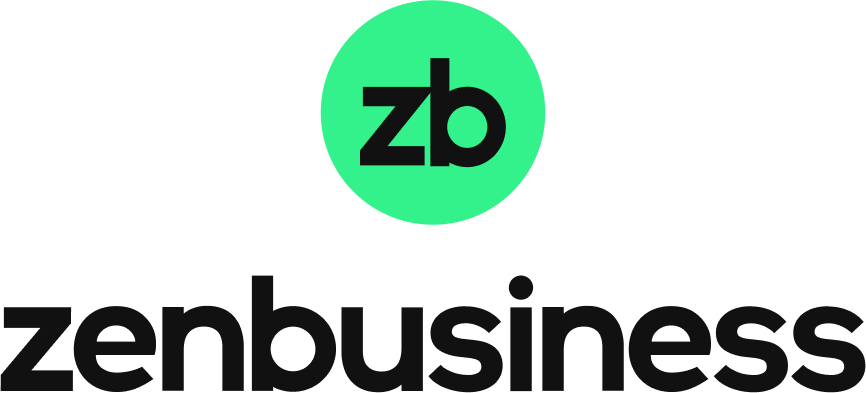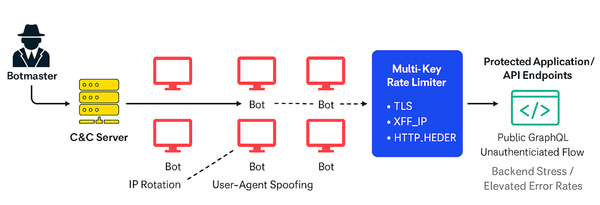Choosing Where to Start with Velo™ at ZenBusiness

Most of the time, the hardest decision in building something new isn’t what to build.
It’s where to start.
That was true for us when we began building Velo™. As an established company with hundreds of thousands of customers, existing workflows, and a mature tech stack, we couldn’t just spin up a prototype in a vacuum.
The starting line wasn’t obvious. And the choice mattered.
We knew that wherever we planted the first flag would shape how our customers saw AI at ZenBusiness, and how our teams experienced building with it. It would set the tone for everything that came next.
So we gave ourselves a simple challenge: choose our first use case guided by unshakable principles.
Principle 1: It had to be customer-facing
We wanted the very first taste of AI at ZenBusiness to be something our customers could touch, feel, and benefit from immediately.
That ruled out a lot of common first moves. AI for internal customer support tools? Useful, but invisible. AI for sales? Important, but indirect.
Our first step needed to deliver value that was clear, direct, and impossible to miss.
Principle 2: It had to reflect our mission
Every company says this, but it’s harder than it looks.
AI can tempt you into building something shiny that demos well but doesn’t embody your values. We wanted the opposite.
Our first release needed to reflect what ZenBusiness is all about: making it easier for entrepreneurs to start, run, and grow their businesses.
If the first thing we shipped didn’t connect back to that mission, we’d be planting a flag in the wrong soil.
Principle 3: It had to work with our existing stack
Here’s the reality of being an established company: you don’t get to rebuild everything from scratch.
We wanted to focus our engineering energy on AI-specific work — things like model prompting, evaluation, and the human-to-AI interface — not a full re-plumbing of our infrastructure.
That meant choosing a use case that could live inside the world we’d already built, not demand an entirely new one.
Principle 4: It had to create a fast feedback loop
This might have been the most important principle of all.
We didn’t view our first release as a finished product. We saw it as a learning engine.
That meant we needed something we could get into customers’ hands quickly, observe real behavior, and tighten the build-measure-learn loop. The faster the feedback, the faster the progress.
The use case we chose
With those principles in hand, we had plenty of options. We could focus on converting prospects into customers, deepening engagement for long-time customers, or supporting one of the more than 30 products already on our platform.
But when we put personal biases and preferences aside and diligently held every option up against our principles, one stood out: onboarding.
We decided to launch Velo™ with an experience designed for newly joined customers who were faced with onboarding as the next step.
Why onboarding? A few reasons stood out:
- Healthy feedback loop. With our scale, thousands of new businesses are formed through ZenBusiness every month. That gave us a steady stream of users to learn from right away.
- High customer need. Starting a new business is exhilarating, but it’s also overwhelming. Even though we make formation easy, new customers still face a ton of confusion and unanswered questions in the days after their business is created.
- Tech-ready foundation. Several of the tools we already used in onboarding were “AI-ready” - or at least built with architecture that made it easier to plug in Velo™ without significant rework.
- Mission alignment. Helping people get their business off the ground is at the heart of ZenBusiness. Starting with onboarding was the clearest way to make our mission real in an AI-powered experience.
Why this mattered
Looking back, what made this decision so difficult is exactly what made it so energizing.
As a startup inside a larger company, we had both constraints and opportunities. We couldn’t move with the reckless speed of a two-person AI lab. But we also had something most AI startups don’t: a thriving customer base, a real mission, and a platform to build on.
Those principles - and the decision to start with onboarding - gave us the confidence that whatever came next, we’d be building on solid ground.
Reflection
We’re still early in the Velo™ journey. And we don’t pretend to have all the answers.
But one lesson is already clear: the hardest part isn’t shipping features. It’s making the choices that set your direction.
If you’re leading AI efforts inside an established company, we’d love to hear how you’ve answered this same question: where do you start?





